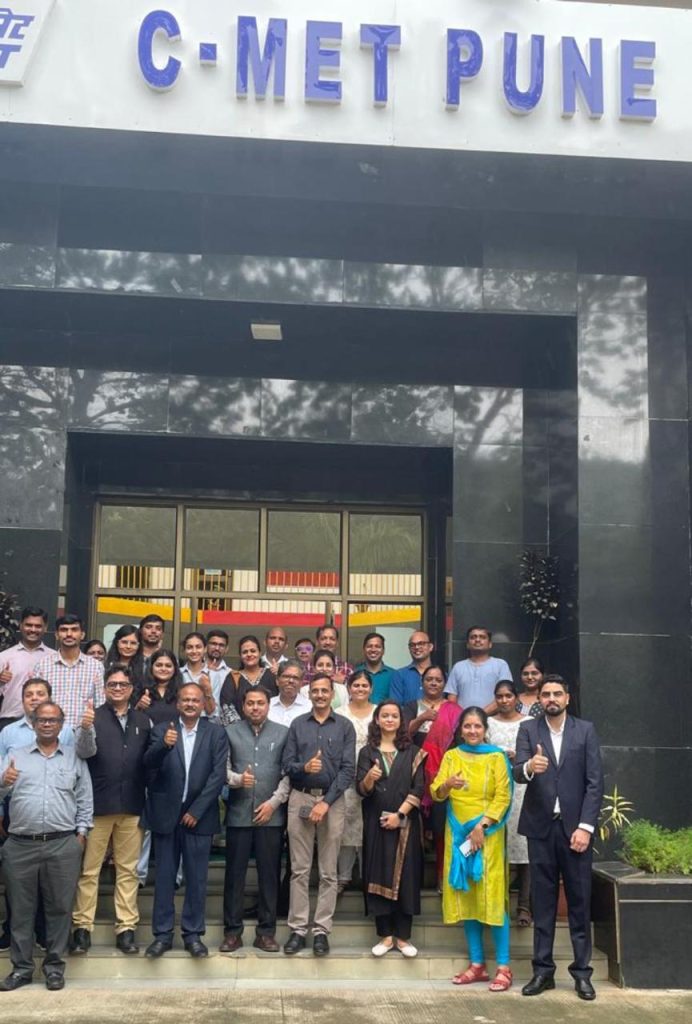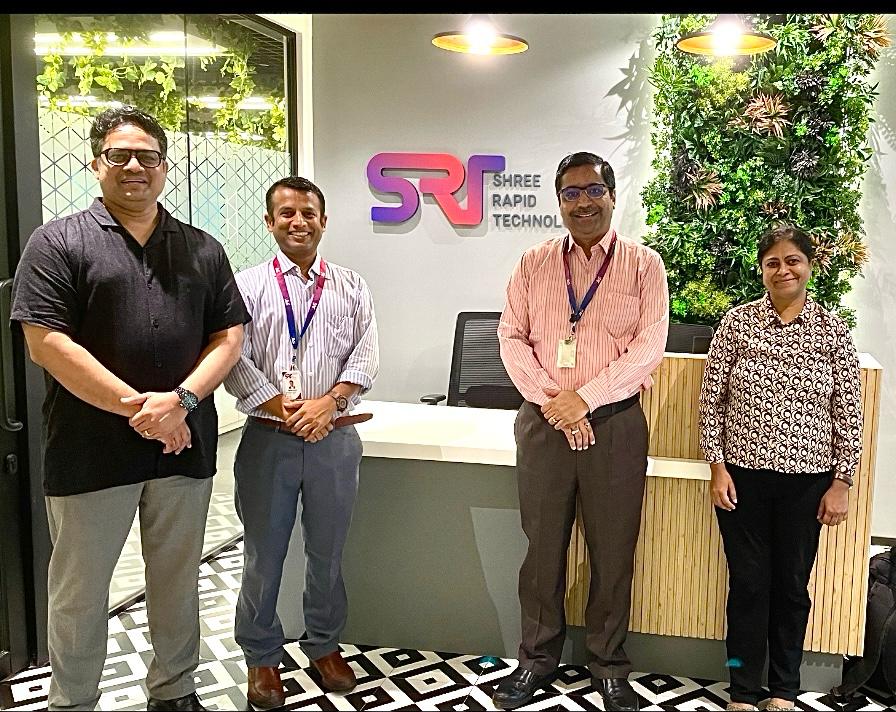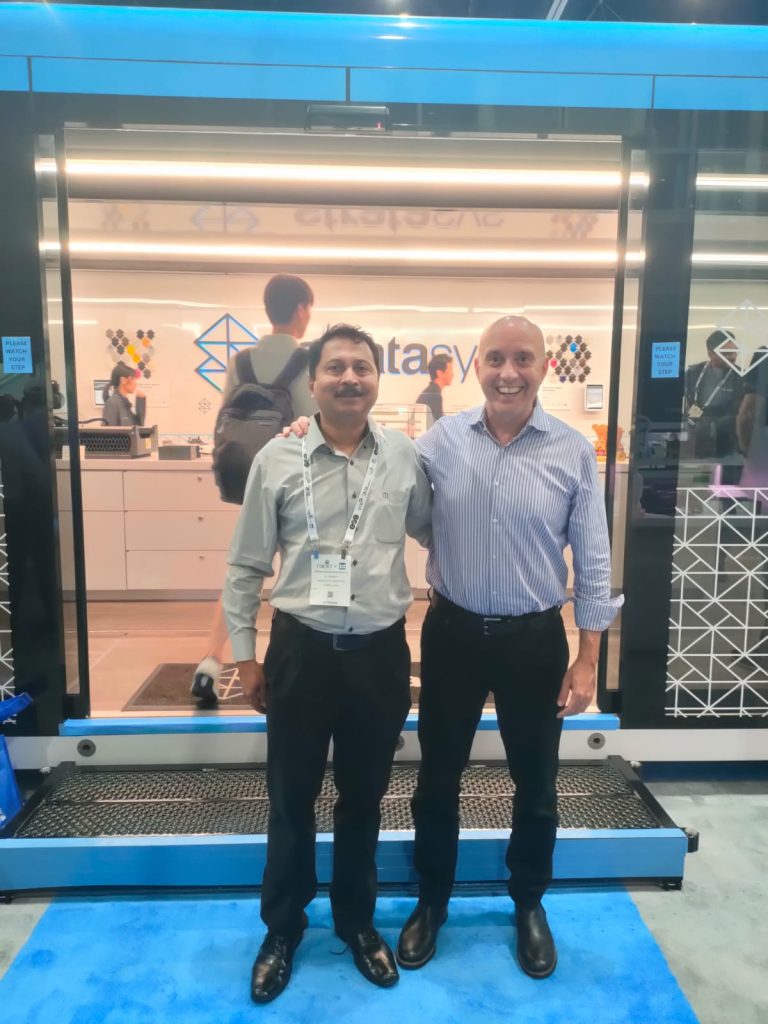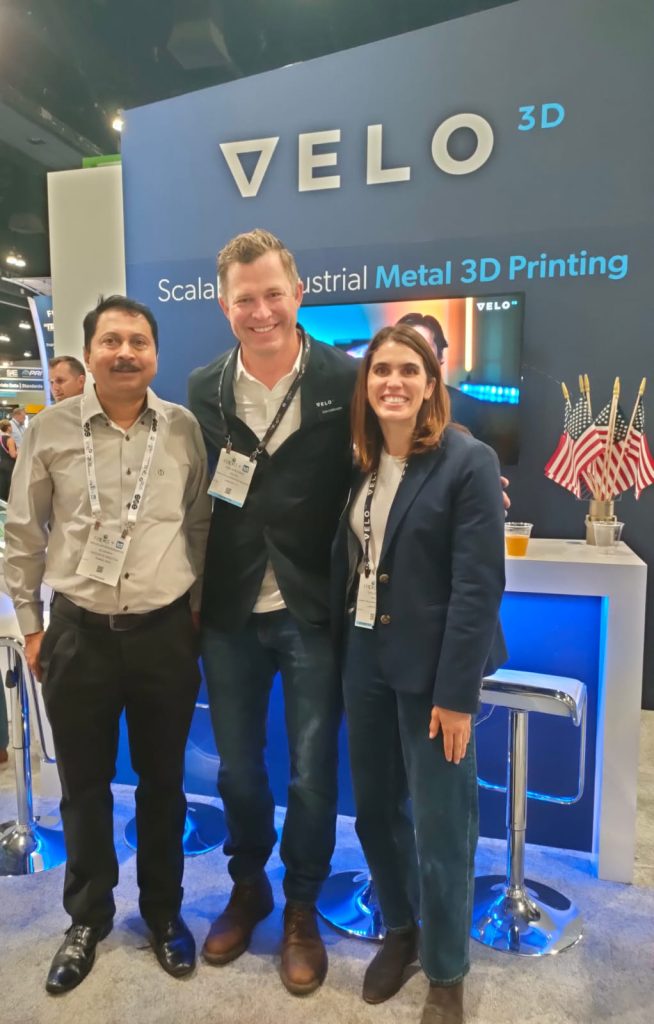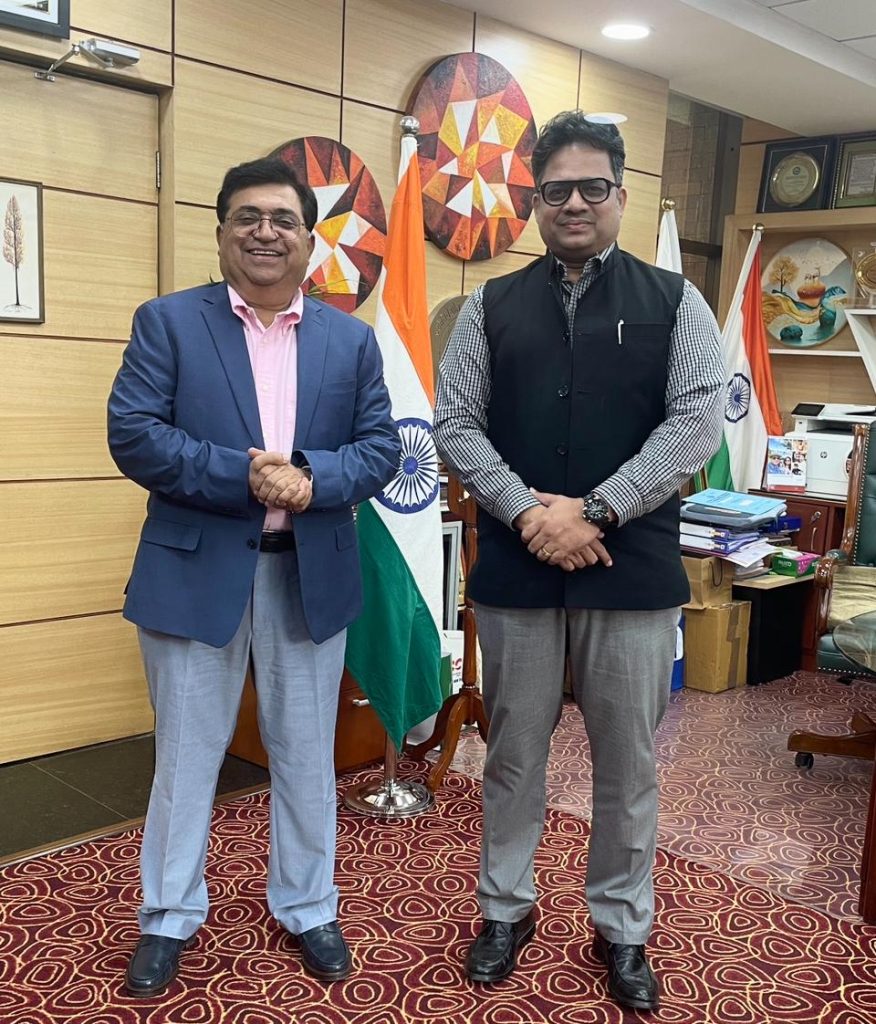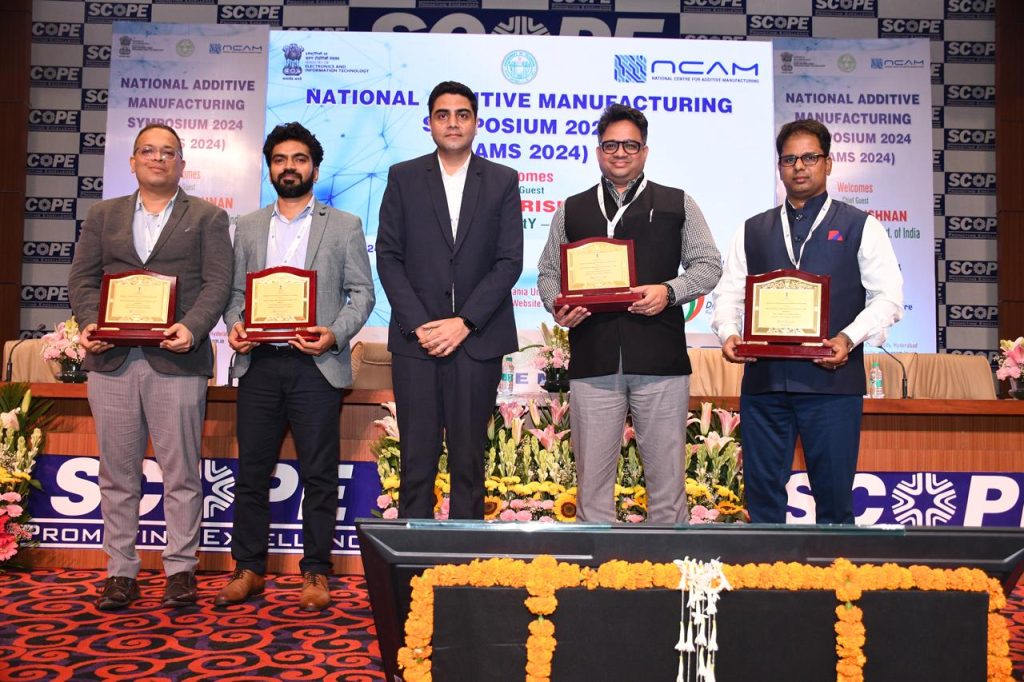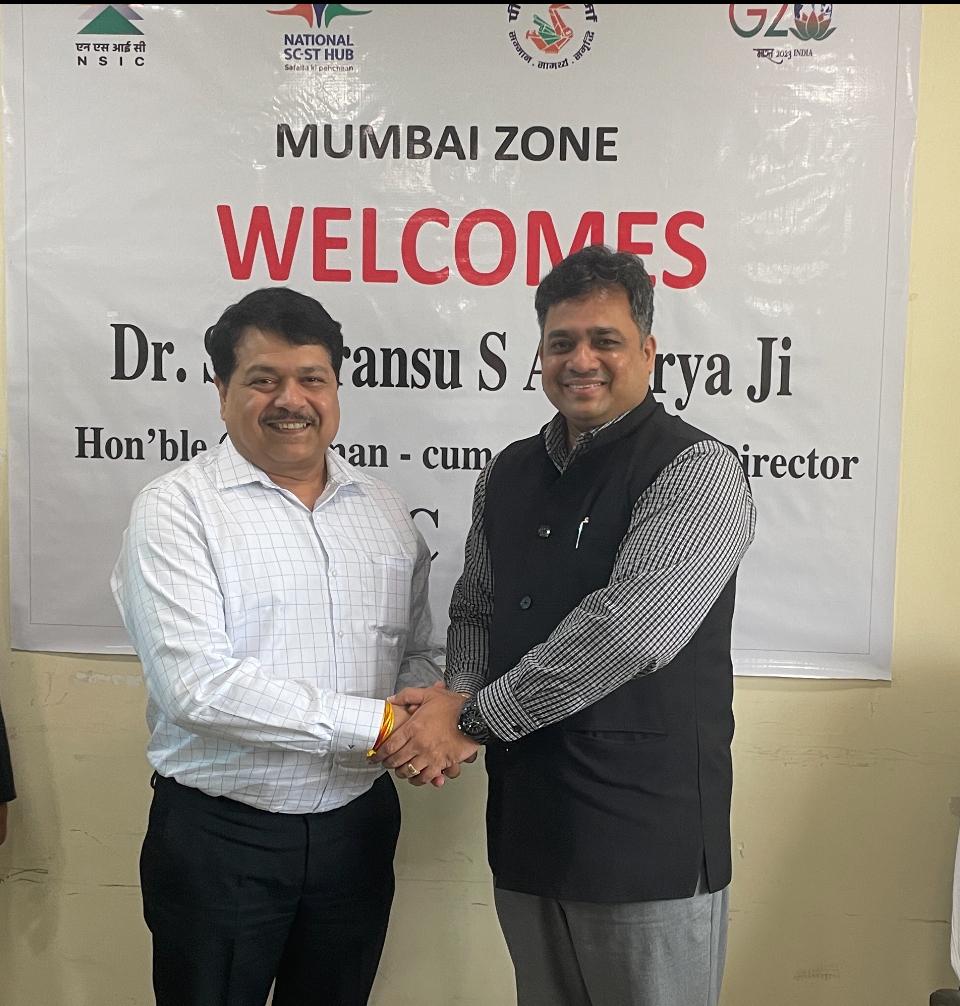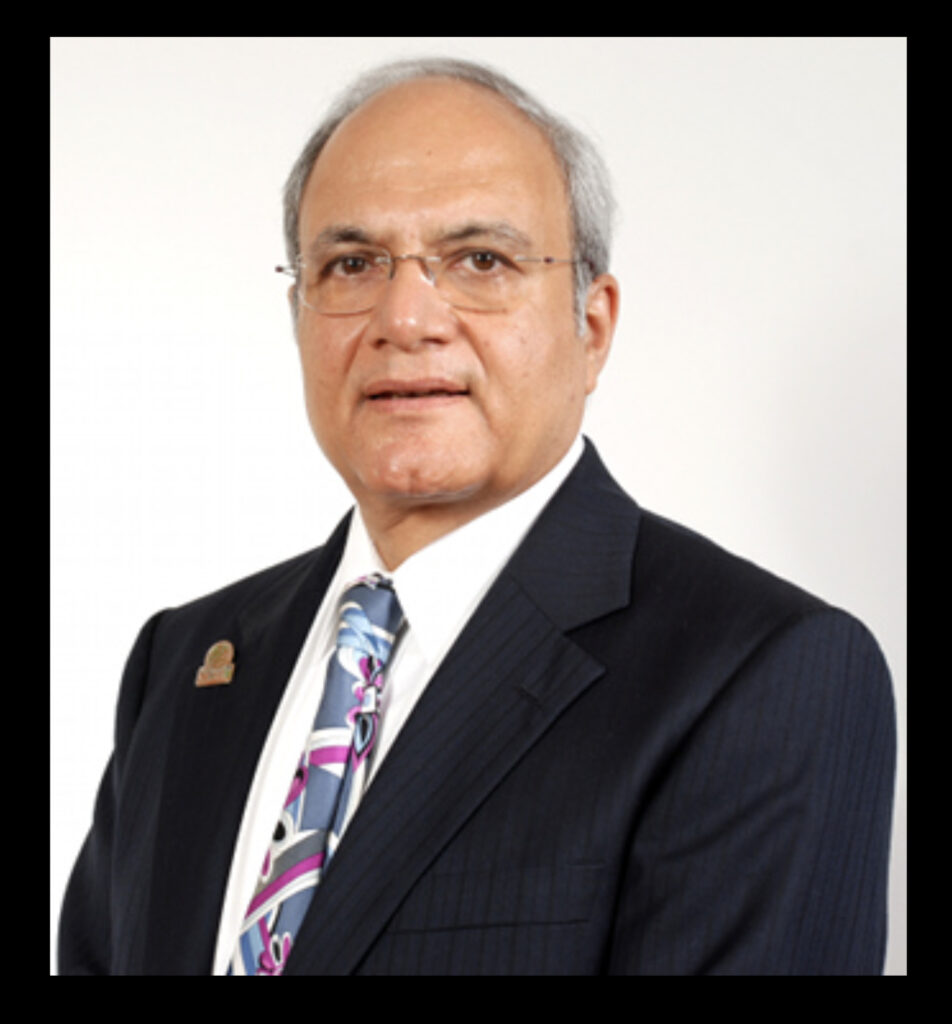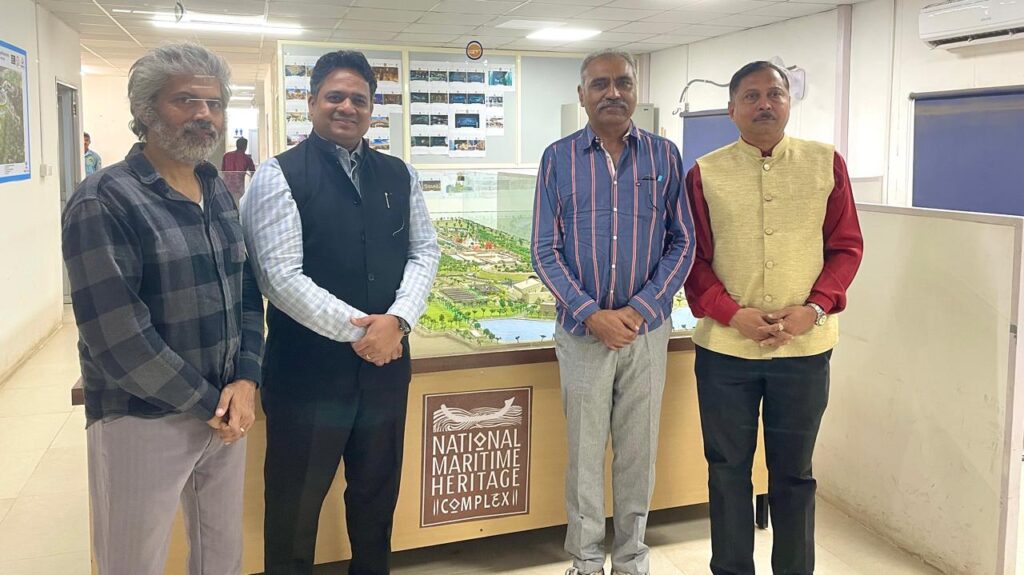MOU Signed between 3D GRAPHY & MUHS – DISHA
Memorandum of Understanding (MOU) between 3D Graphy and MUHS (Maharashtra University of Health Sciences) Disha was signed on 31st July 2024 in the august presence of Lt. General Dr. Madhuri Kanitkar(retd), PVSM, AVSM, VSM, Vice Chancellor, Maharashtra University of Health Sciences, Pro. Vice Chancellor Prof Dr. Milind Nikumbh, Dr. Rajendra Bangal, Registrar, MUHS & Director, MUHS – DISHA, Dr. Shibu John, Founder & CEO, 3D Graphy LLP, Ms. Reena Shibu, COO & Co- Founder, 3D Graphy LLP and other members from MUHS present in the event. MOU was signed and exchanged between Dr. Shibu John, CEO & Founder, 3D Graphy LLP & Dr. Rajendra Bangal, Registrar, MUHS & Director, MUHS – DISHA. 3D Graphy Lab represents a significant step forward in advancing skills and innovation in several important fields. Here’s a brief overview of what this MOU could mean: Objectives of the MOU: Skill Development: The lab will focus on enhancing the skill sets of students and professionals through hands-on training in 3D printing and visualization technologies. Entrepreneurship: By fostering a culture of innovation, the lab aims to support entrepreneurial ventures in creating new products and solutions in the dental, medical devices, pharmacology, and Ayurveda sectors. New Product Development: The lab will provide resources and expertise for developing new products, leveraging 3D technologies to bring innovative ideas to life. Research: The lab will be a hub for research, contributing to advancements in various fields by applying 3D printing and visualization techniques. Training: Comprehensive training programs will be offered to equip individuals with the necessary skills in 3D printing and visualization. Focus Areas: Dental: Creating precise dental prosthetics, implants, and other dental aids. Medical Devices: Designing and prototyping innovative medical devices. Pharmacology: Developing advanced drug delivery systems and research models. Ayurveda: Exploring 3D printing applications in Ayurvedic treatments and product development. Potential Impact: Enhanced Education: Students and professionals will gain access to cutting-edge technology and training. Innovation: The lab will drive innovation in product development and research, potentially leading to breakthroughs in healthcare and related fields. Entrepreneurial Growth: Support for new ventures will encourage the development of startups and small businesses in these specialized areas. This partnership represents a forward-thinking approach to integrating technology with health sciences, creating opportunities for growth and advancement in several critical fields. About MUHS : The university was established on 3 June 1998 by the state Government of Maharashtra through an ordinance. The State Legislature passed the ordinance and the Maharashtra University of Health Sciences was declared open by the governor of Maharashtra on June 10, 1998. All colleges and institutions imparting education in health science in the state of Maharashtra have been affiliated to this new university under Section 6 of the Act. Academic Postgraduate courses awarded are versatile including Doctor of Medicine (M.D.) in various areas, Master of Surgery (M.S.), as well as Master of Science (M.Sc.) courses and other PG diplomas. About MUHS- DISHA : MUHS DISHA, funded by MSInS, is established with a vision to create a hub for healthcare innovation, research, and entrepreneurship, fostering the development of cutting-edge solutions that enhance healthcare delivery and improve the well-being of communities. Our mission is to provide a nurturing and collaborative ecosystem that empowers healthcare innovators, entrepreneurs, and researchers to transform their ideas into practical solutions and to bridge the gap between academia and the healthcare industry, facilitating the development of innovative technologies, processes, and services. https://youtu.be/nK_wruVED8M
MOU Signed between 3D GRAPHY & MUHS – DISHA Read More »

